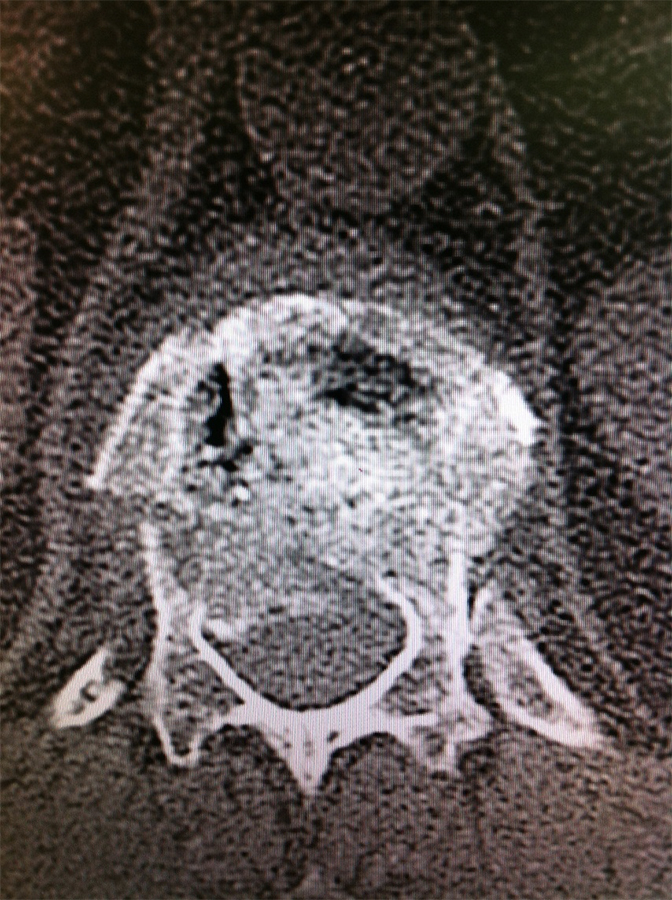⸺Injuries and fractures⸺
Injuries and fractures to cervical spine, thoracic spine, lumbar spine, sacrum
The spine forms the bony centre of the body. It holds it upright and connects different parts of the skeleton together. It is a very stable axial organ and can withstand enormous loads when healthy.

⸻ Injuries and fractures
Detailed diagnosis of the injury
If the limits of load capacity are exceeded, this can lead to injuries to bony structures such as vertebrae and vertebral elements, and to injuries to soft tissue structures such as discs, ligaments and muscles. The extent of a spine injury depends on the severity of the injury to the bone structure, as well as possible concomitant injuries and neurological failures. The age of the patient must also be taken into account when assessing a spine injury.
In Germany, there are 10,000 to 12,000 cases of spinal injuries each year. Men are twice as likely to be affected as women. Patients are usually aged between 20 and 40 and the cause is often a fall from a higher height or a traffic accident. In about 20 percent of patients, there are also neurological injuries, i.e. injuries to nerves or spinal cord. More severe injuries, such as vertebral fractures, often occur at the transition of the thoracic to lumbar spine, followed by injuries to the thoracic spine, injuries to the cervical spine and rare injuries to the cruciate and tailbone. Injury to nerves and spinal cord structures can lead to partial or complete paralysis.
Acute neck and back pain, visible malposition, external signs of injury or even neurological failure are the typical symptoms of an acute spinal injury. The examination with X-rays, CT and MRI examinations allows the physician to make a detailed diagnosis of the injury and develop an individual conservative or surgical treatment strategy.
Conservative treatment
If the spine is stable despite the injury, it can be treated with medication pain treatment and early mobilization of the patient in an orthosis under physiotherapy guidance. The restoration of fractured vertebrae is also possible with these measures. A slight deformation of a vertebra or even a slight misalignment of a vertebral segment is not a problem for most patients and often does not require further therapy.
Surgical treatment
Especially in the case of unstable spinal injuries and neurological failures, the attending physician usually opts for surgery. Today, classic methods of fracture treatment are combined with modern access techniques and minimally invasive surgery. As a result, the surgical care of severe spinal injuries has been significantly improved. The techniques used today often allow a faster recovery of the affected patients than would be possible with conservative treatment.

